The 22nd Annual Saint Vincent College Academic Conference will be held Wednesday, April 23, 2025, following the Honors Convocation.
Submissions for the 2025 Academic are now closed. We look forward to seeing you at the Conference.
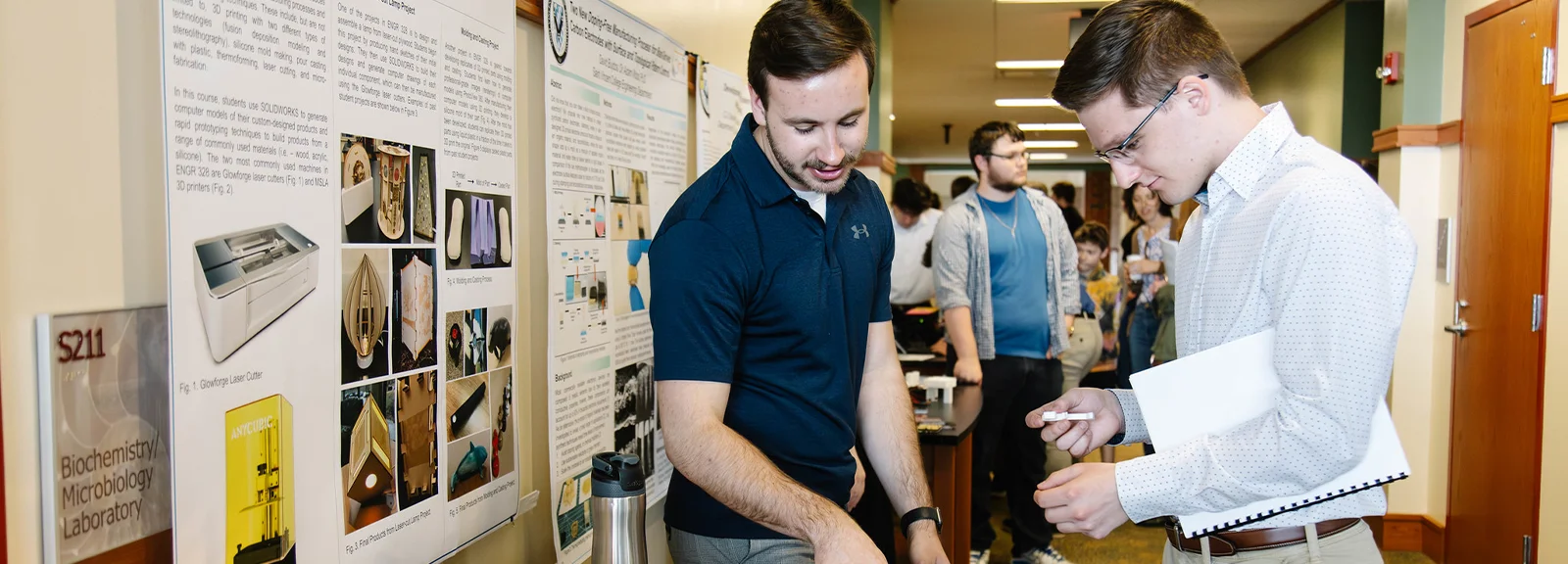
The annual Academic Conference at Saint Vincent College provides a platform for students to showcase their research and creative works. This event highlights the dedication of faculty and administrators who mentor students in advanced scholarly inquiry and creative projects across various disciplines, including Humanities, Natural Sciences, Computer Sciences, Social Sciences, Arts, and Business. Students present their senior thesis research, class projects, service-learning activities, internships, and study-abroad experiences in both oral and poster formats. The conference also features musical performances, poetry readings, and exhibitions of visual arts. This experience mimics professional conferences, helping students gain confidence in real-world presentations.
The conference is held in the Sis and Herman Dupre Science Pavillion in the central atrium, surrounding hallways, and adjacent classrooms, as well as the Verostko Center for the Arts, allowing visitors to engage with students as they enlighten our academic community by sharing new ideas and creative expression.
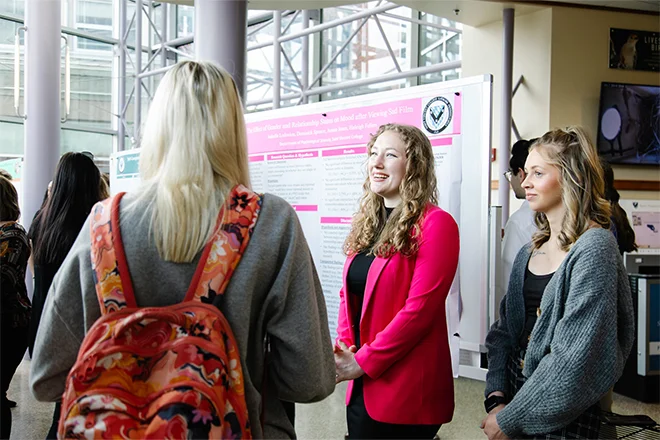
Students prepare detailed poster presentations at the Academic Conference, where faculty, peers, and community members can explore and interact with the displays. Presenters engage visitors, sharing insights and answering questions about their projects, often incorporating interactive displays and demonstrations to enhance the experience. These presentations refine their communication skills and build confidence.
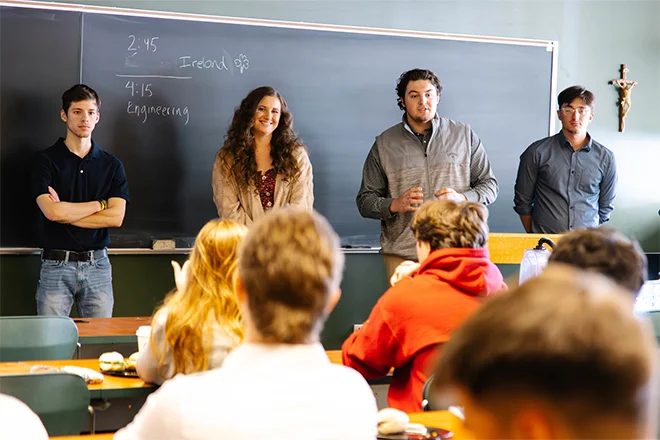
Students prepare 10–15-minute oral presentations, complete with visuals and PowerPoint slides, to describe their projects in depth. They explain their process, findings, and conclusions. These presentations resemble what students might experience at a professional conference, providing valuable practice in public speaking and the use of visual aids to enhance their message.
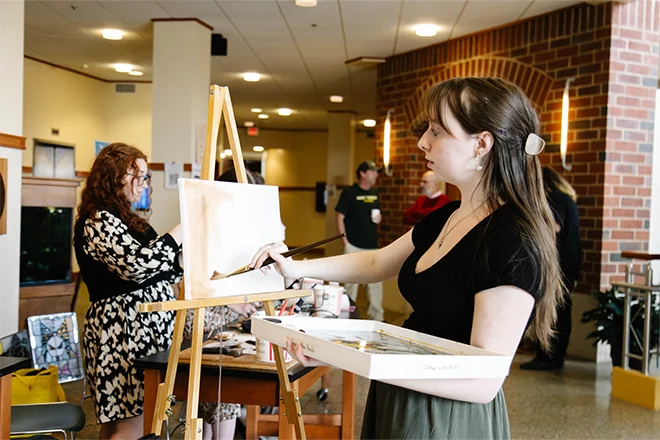
Students who work on projects with visual or demonstrative components, such as stained-glass art, paintings, and digital art displays, showcase their creative works at the Academic Conference. This allows them to gain exposure and experience in presenting their artistic talents to a broader audience.
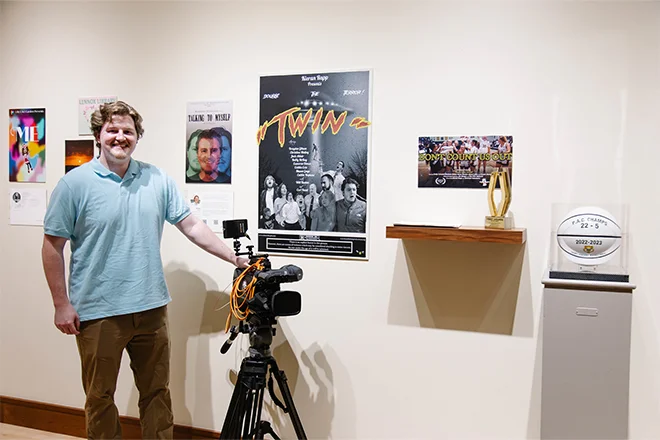
Students present poetry readings, musical performances, and films in sessions which allow them to share their creative expressions and receive feedback from their peers and faculty. This exposure helps them refine their performance skills and build confidence in showcasing their talents.
Submissions for the 2025 Academic are now closed. We look forward to seeing you at the Conference.
Questions or comments may be directed to academic.conference@stvincent.edu